
Eating in the dark all the rage in Zurich
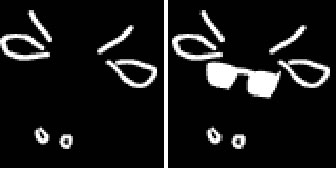
A former Lutheran church in a quiet corner of Zurich is currently the city's hottest eating spot. The restaurant, called the "Blinde Kuh", seats up to 60 guests at a time and is fully booked for dinner until June. Imogen Foulkes managed to get a table for lunch.
The restaurant’s popularity lies in its unique approach: eating at the “Blinde Kuh”, which is German for the game of blind man’s bluff, is an entirely non-visual experience. Diners sit in complete darkness, and the cooks and serving staff are all either blind or visually impaired.
The restaurant, the only one of its kind in the world, opened in September 1999, and was inspired by an exhibition in Zurich called “Dialogue in the Dark”, where people were encouraged to experience everyday activities, like eating and drinking, as if they were blind.
The exhibition was so successful that the organisers decided to set up something more permanent, and the “Blinde Kuh” was born.
Entering the foyer, there is at first no hint of the unique nature of the restaurant. A friendly waitress, Irene, takes our coats, and shows us a blackboard on the wall with the day’s menu on it.
Before we go into the restaurant proper though, Irene tells us the rules. “You must not take anything inside with you that gives off light – no luminous watches, no mobile phones, and definitely no smoking.”
We proceed along a dark corridor, lined with heavy black curtains, and to get to our table, we have to be guided by Irene. I put my hands on her shoulders, my guest puts her hands on mine, and we shuffle forward nervously into the darkness.
In the corridor, where a faint light from the foyer still glows, we pause for a moment. “We always wait here for a few minutes so that guests can get used to the darkness,” Irene explains. “If we were to go straight into the restaurant it would be too overwhelming.”
Even after the pause, though, the journey to our table is a disorienting, unnerving, experience. On Irene’s instructions, I reach for my chair to pull it out, only to find I have got hold of the table edge instead. Someone next to me knocks over a glass.
Once we are safely seated, things become easier. We find the knives and forks, and begin to realize from the noise around us that even on this midweek lunchtime, the “Blinde Kuh” is full.
Why do people keep on coming to such an odd restaurant? It’s often said that the enjoyment of a good meal has a lot to do with our visual appreciation of the food – we eat partly with our eyes.
This is of course impossible at the “Blinde Kuh”. Manager Adrian Schaffner believes it is the very uniqueness of the concept which has brought his restaurant such success.
“Nowadays people, especially here in Switzerland, have experienced just about everything,” says Schaffner. “You can eat anything you like in this city – Italian, Chinese, whatever – but here we offer something completely new. It’s a unique experience to eat here, and that’s what makes us so successful.’
But appealing to jaded palates is not the primary aim of the “Blinde Kuh”. Schaffner and his staff expect their guests to learn something from their meal in the dark.
“We want people to feel, just for a short time, what it is like to be blind,” says Schaffner. “And we hope that having this experience will give sighted people a greater understanding of the problems of the blind. We do want to break down barriers between able bodied and handicapped people.”
And waitress Irene, who is visually impaired herself, agrees. “People who come here should learn that you don’t need sight to have a good life,” she says. “They can learn that we also see with the mouth, with the nose, with our hands.”
So what does one eat in the dark? The “Blinde Kuh” has an excellent menu with specials which change daily. From a choice of giant prawns in garlic sauce, roast lamb, or fresh pasta, we choose dishes we think will be manageable in the dark: ravioli, soup, and salad, accompanied by mineral water, chosen for its non-staining qualities.
Of course, things are not as simple as that. Eating soup in the pitch black proves problematic: it’s hot, and my guest can’t see how far each spoonful is from her mouth to blow on it.
I end up eating my salad with my fingers, after bringing an empty fork to my mouth half a dozen times. The ravioli proves even more difficult to manage: the pieces are large, unwieldy, and dripping with a creamy sauce.
Still, the food is delicious, and not being able to see it doesn’t seem to affect our appreciation of it. In fact our other senses seem heightened; the smell of garlic prawns wafts over from a neighbouring table, and the perfume of another guest is overpowering.
It’s a peculiar experience, though, to be having lunch in a restaurant along with 50 other people whom you can’t see at all. One wonders what they may be getting up to in the dark!
“No, no,” Schaffner assures me with a wink. “People behave themselves here. Anyway there are other clubs in Zurich for that sort of thing!”
At the end of our meal we are given a last treat from the “Blinde Kuh”, a surprise dessert of three different kinds of sorbet. But what flavours are they? After much deliberation we agree on mango, pineapple, and “something very odd”.
In fact, as Irene informs us somewhat gleefully, they are mandarin, green tea, and mango: one out of three for our supposedly heightened taste buds.
One of the most frequently asked questions at the “Blinde Kuh” is “how do we pay our bill?” The answer is in the well-lit foyer, where one can count money or find a credit card. There is light in the kitchen, too, even though the cook is visually impaired.
When we emerge, blinking, back into the daylight, we discover that the everyday objects around us look much brighter and more colourful than before. It’s nice to be able to see again, but we are both agreed that eating at the “Blinde Kuh” is indeed a very special experience, and one we would not have missed.
by Imogen Foulkes

In compliance with the JTI standards
More: SWI swissinfo.ch certified by the Journalism Trust Initiative
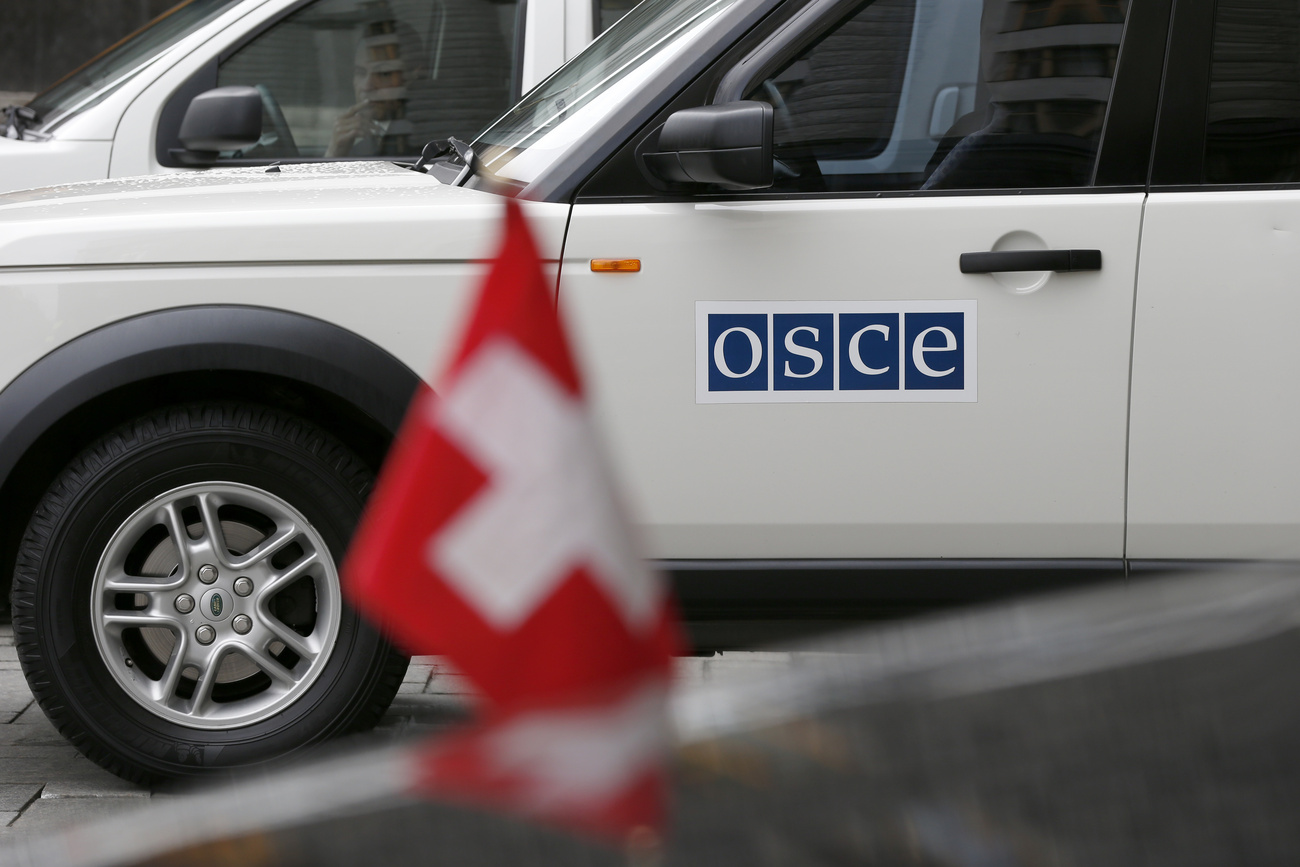












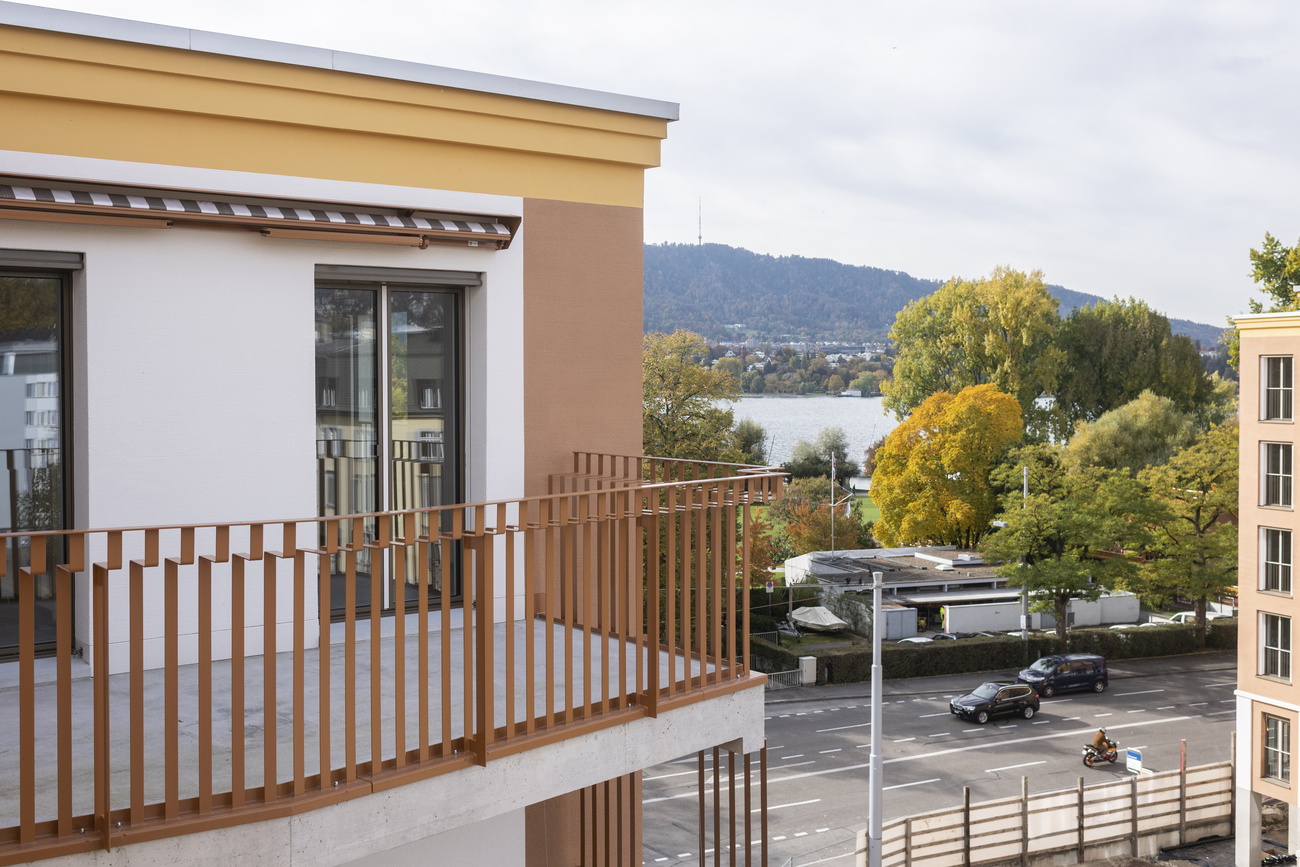

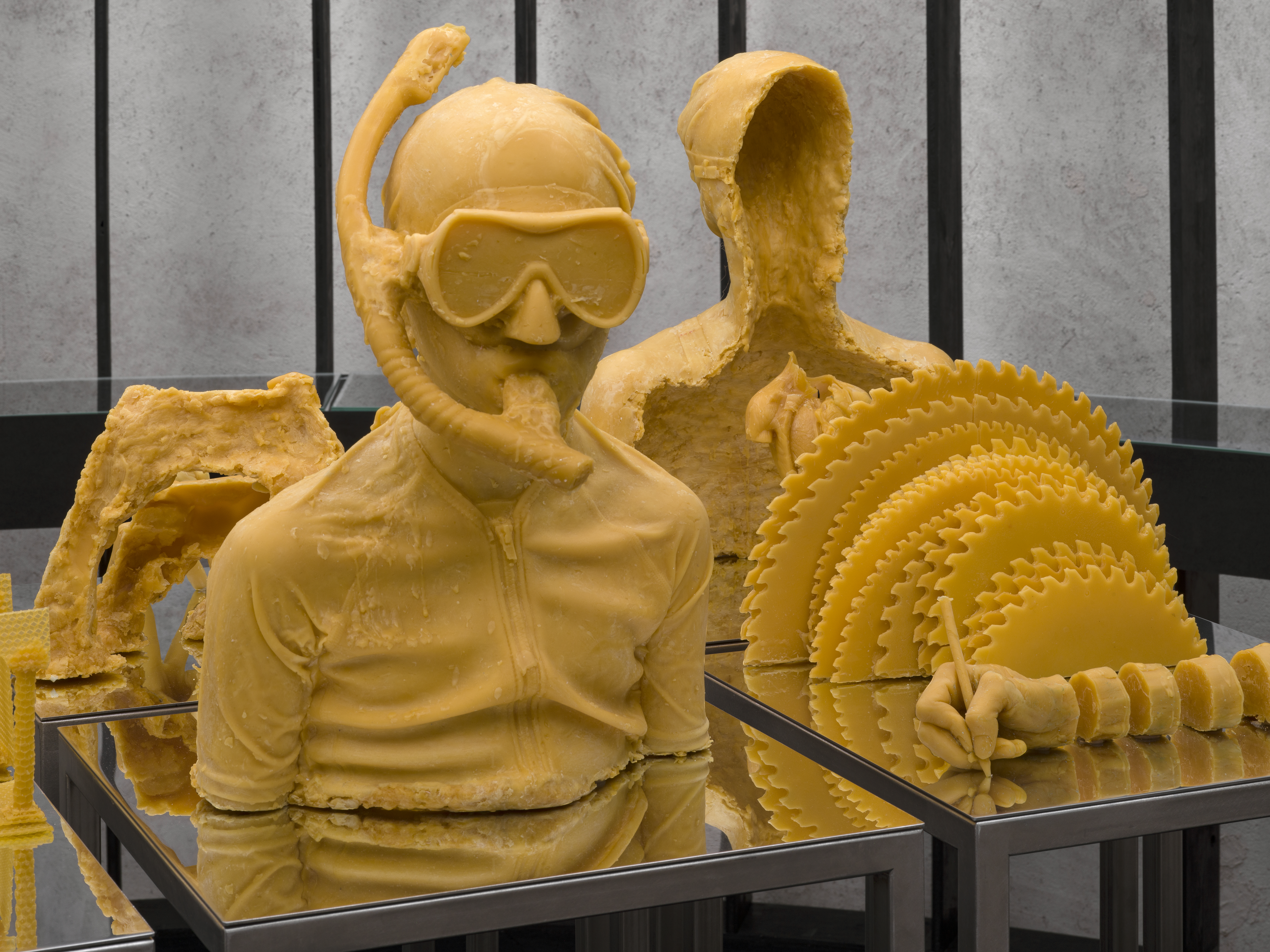
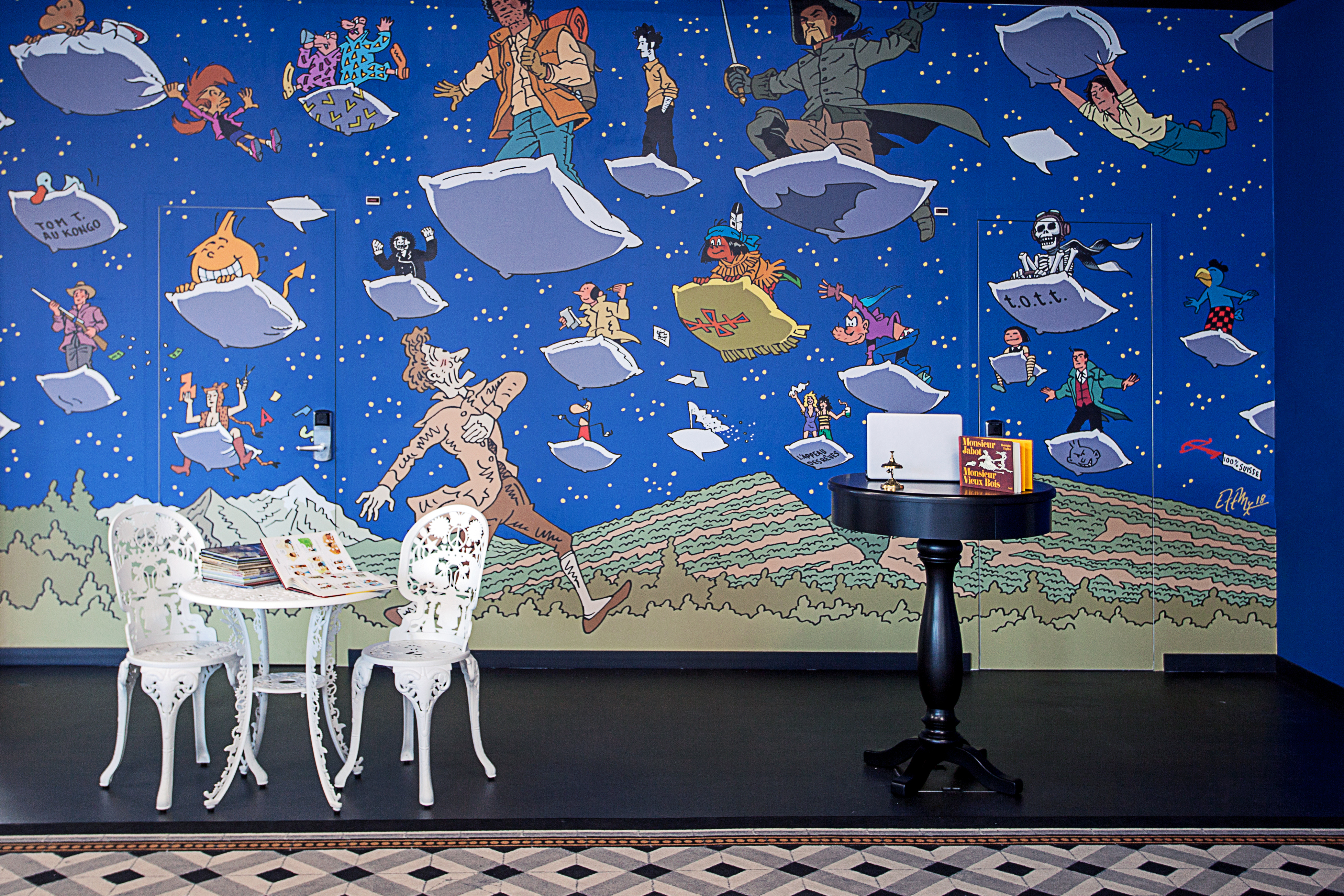


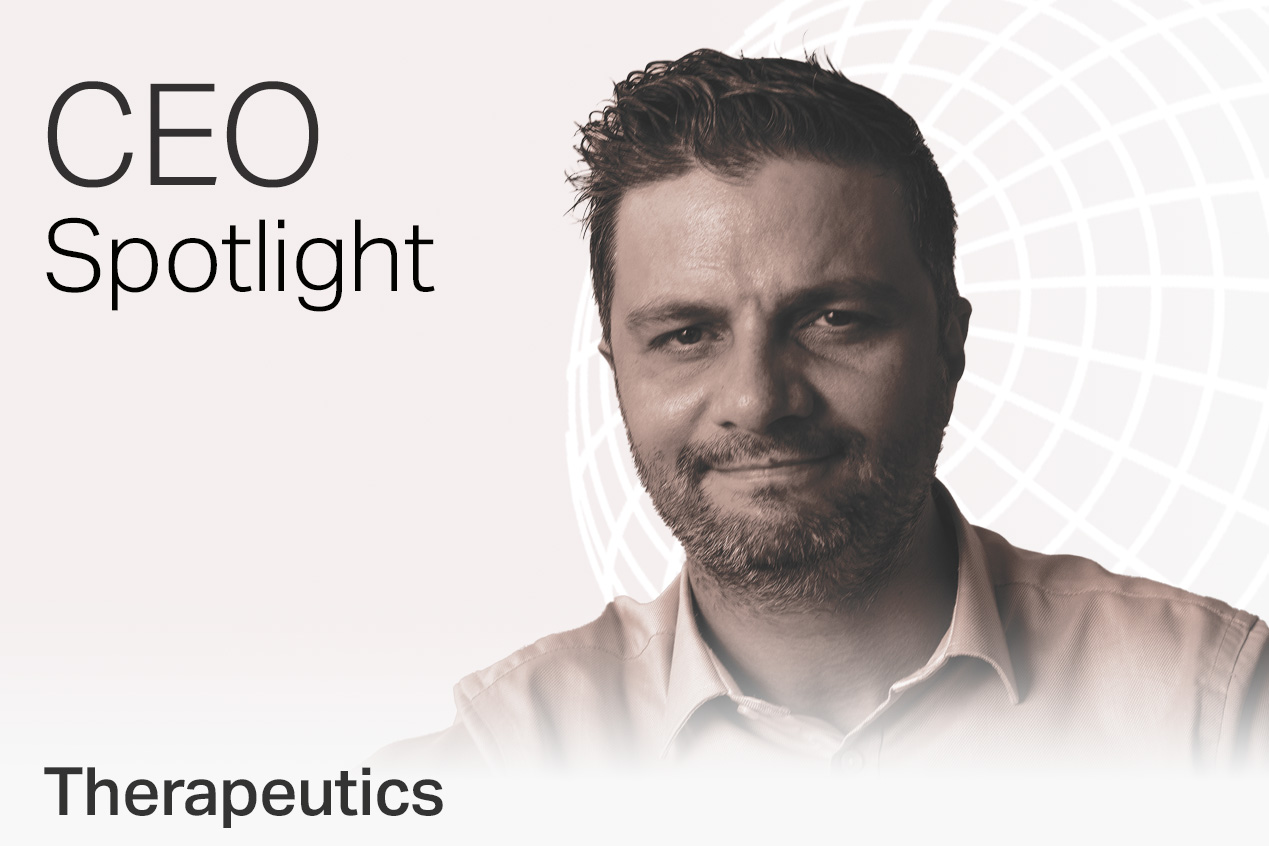







You can find an overview of ongoing debates with our journalists here . Please join us!
If you want to start a conversation about a topic raised in this article or want to report factual errors, email us at english@swissinfo.ch.